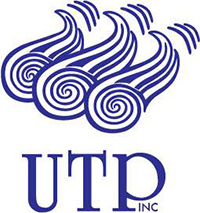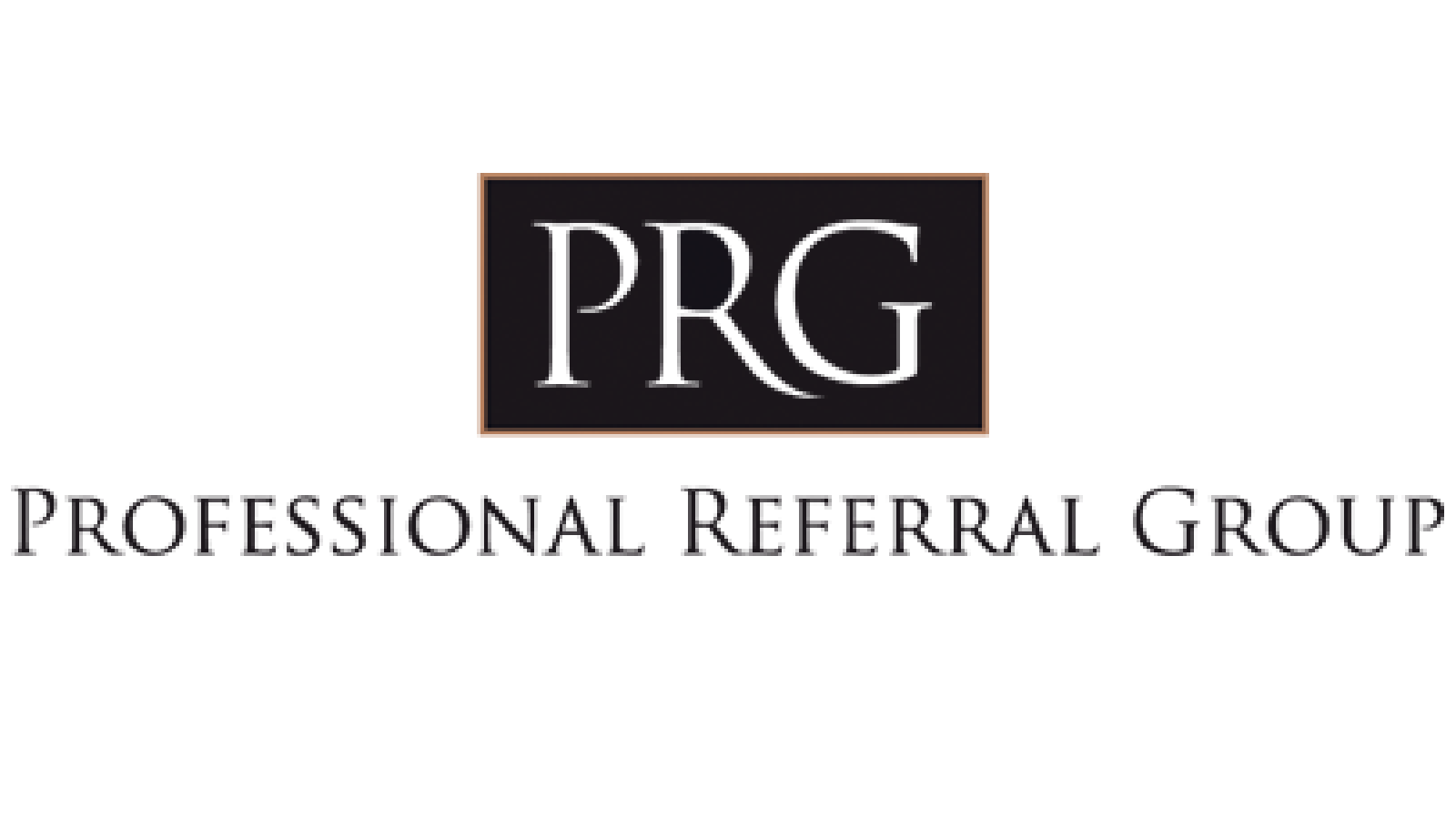What would you do with $27,496,909,409 if the government paid you that much during the first few months of the year? That may seem like a strange question, but it is one that certain Canadians have collectively faced since the beginning of this year.
Canada Revenue Agency statistics from May 3, 2021, show that no fewer than 63% of the personal income tax returns received by the CRA had a tax refund owing. This represents a total of over $27 billion, for an average of $1,845 per taxpayer.
Here are seven ideas that might be worth considering in view of this little windfall.
1. Reinvest in your RRSP
The first reflex is often to spend that tax refund – on a summer holiday, for instance. However, from a longer-term perspective, it could be very profitable to invest it in an RRSP instead. In addition to growing in a tax-sheltered environment, the refund itself would give rise to a tax saving the following year, which could also be reinvested. As an example, if this strategy were applied to the average refund of $1,845 from the table above, assuming an annual average return of 4%, it could represent additional retirement capital of $103,000 in 30 years – the equivalent of about $6,000 a year in additional income for the next three decades.
2. Maximize your TFSA
A second approach could be to invest the refund in a tax-free savings account (TFSA), since investment returns would be tax-sheltered and withdrawals are not taxable. For 2021, the contribution limit has been set at $6,000 plus any withdrawals made in 2020 and any unused contribution room from previous years. A Canadian resident who was 18 or older in 2009 and who has never contributed to a TFSA would have total contribution room of $75,500 in 2021.
3. Repay loans
Third strategy: repay high-interest loans, especially if they are not tax deductible. These might include, for example, a line of credit or credit card balance with a less-than-favourable rate. Similarly, while mortgage rates are generally low, you might consider making a lump-sum payment on your mortgage, especially if you are concerned about interest rates going up in the future.
4. Consolidate your emergency fund
The pandemic has highlighted the importance of having a Plan B when it comes to personal finance. The general rule usually states the importance of having ready access to cash equal to at least three months of income. This past year has shown that it might be wise to consider an even larger cushion.
5. Buy insurance
It can be easy to forget to update insurance policies as we progress through different life stages and our coverage needs increase. This applies not only to life insurance, but also disability or critical illness coverage. An income tax refund might be an opportunity to correct this.
6. Invest for your children
Sixth option: put your refund towards education for your children or grandchildren. For this purpose, you can invest up to a lifetime limit of $50,000 in a registered education savings plan (RESP) to help pay for postsecondary education. In addition to tax-sheltered growth, an RESP offers substantial grants of at least 20% of the annual contributions, or even more depending on the province.
7. Have your payroll deductions adjusted?
Lastly, while a tax refund is generally seen as good news, it really means that the government collected too much money, considering the tax credits the taxpayer was entitled to. If this happens year after year and the amounts are substantial, employees could ask to have their at-source deductions adjusted to better match the tax payable. To do this, forms would have to be completed for the employer and for the CRA. The spring refund would be lower, but the taxpayer would have more money in hand throughout the year, instead of “lending” it to the government. This Ontario Securities Commission website , You will be redirected to an external website. has more information.
If you have any questions about possible uses for your tax refund, feel free to consult your mutual fund representative or your financial services professional.
Click here for the sources used in this article.
 Back to myNiagaraOnline
Back to myNiagaraOnline






















